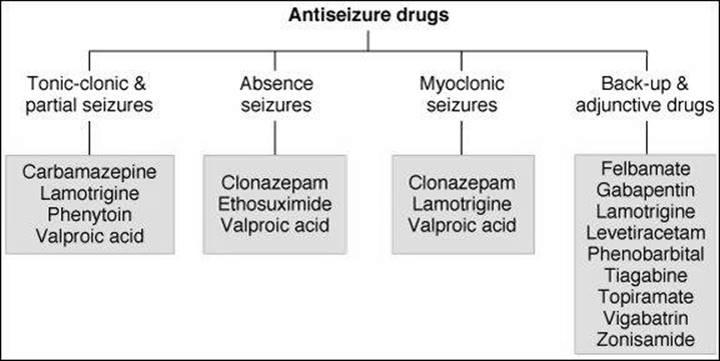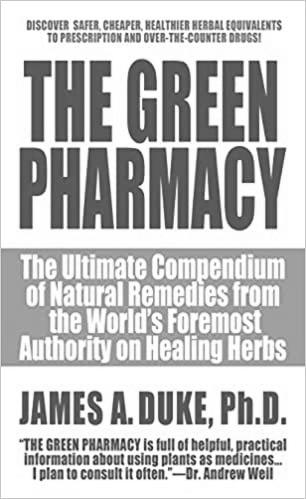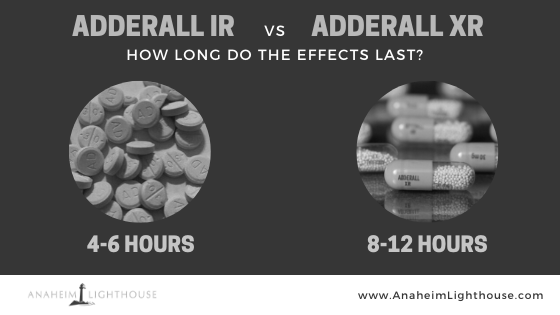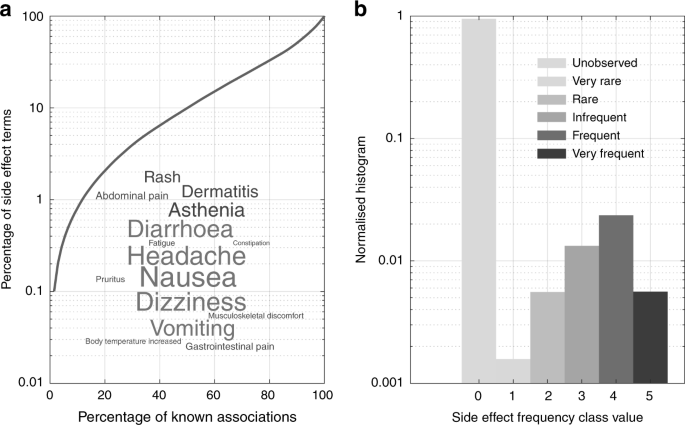A common question from pharmacy students is how to memorize drugs and mechanisms. There are a few tricks to remember the basic concepts of pharmacology. One of the most important techniques is to make sure that you memorize drug names, side effects, and interactions. This will make it easier to learn new drugs in your pharmacy course. Besides, remembering names will also help you remember new terms that you may encounter on the job.
Interlinking drugs and mechanisms
The chemical view of biology does not fully characterize the mechanisms of biological processes. It limits itself to the interactions of bioactive molecules with specific targets. It fails to consider the relationships between targets, which can be explained by shared evolution and signaling. In particular, this view fails to account for the interaction between two or more drugs.
To better understand the effects of drugs, scientists have turned to the chemical view of pharmacology. This view has little basis in biological or physical theory, yet it represents the most current understanding of biology. Although chemical biology models itself on molecular biology, this approach has a checkered history in drug discovery. Since the mid-1980s, the pharmaceutical industry has been unable to develop enough new drugs to meet the growing need.
A more systematic approach to drug discovery involves reorganizing the pharmacological maps by comparing the structure and function of target molecules. The key to this approach is identifying previously unknown relationships between molecules. The researchers begin by identifying bioactive small molecules that share structural and/or functional similarity. For example, a protein kinase ligand may have unexpected activities on ion channels.
Memorization tricks
There are several ways to memorize drugs and mechanisms in pharmacotherapy, but one of the most effective is by making use of pharmacology mnemonics. Mnemonics use the first letter of a target word to aid in memory and are particularly effective in memorizing large amounts of information. For example, a mnemonic for statins will help you remember the common side effects of the drug, such as nausea and flatulence. Another way to remember generic drugs is to group them into classes, since this will help you associate general side effects.
Pharmacology is a difficult subject to study, because of the number of different drugs, side effects, and drug interactions. In order to effectively memorize the information and pass the pharmacology exam, students should develop a workable learning strategy. This means knowing what to study and how to study.
Drugs have many side effects, but the most effective way to memorize these effects is to understand why they occur. By understanding how these side effects occur, students can be more confident and avoid failing during the exam. For example, the first generation H 1 antagonists are associated with higher levels of sedation than second-generation H 1 antagonists. Although this strategy is not appropriate for all drugs, it is a powerful technique for building side-effect knowledge.
The second method is to create a list of drugs and their effects. In this method, you write the side effects of a drug on one side of a flashcard and its associated mechanism on the other side. By doing this, you can imagine the test questions that you might encounter.
Basic concepts of pharmacology
There are four conceptual areas that need to be addressed in a basic pharmacology education curriculum. By unpacking these four concepts, a pharmacology educator can better develop new curriculum and teaching contexts. This research aims to improve the conceptual foundation for pharmacology education.
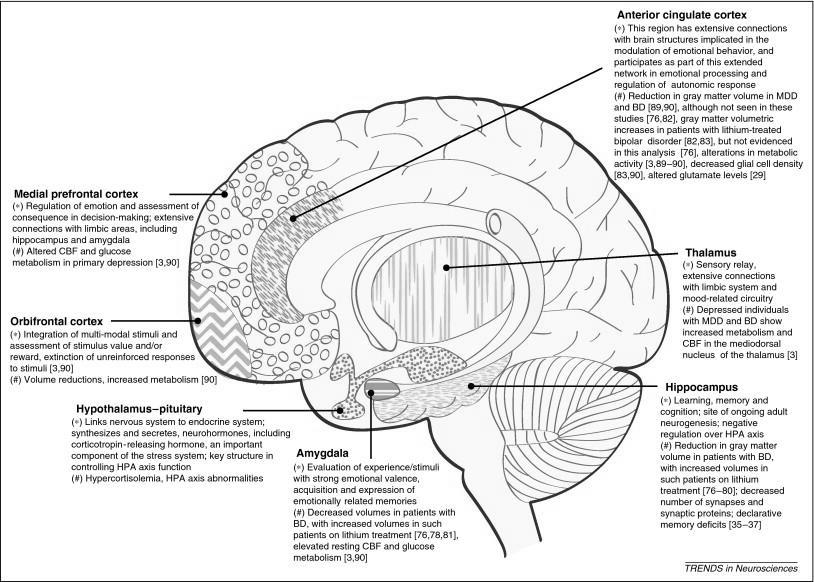
Pharmacology focuses on the effects of drugs and their mechanisms of action. Learners need to understand how these drugs affect the body, how they are absorbed, and how they are eliminated. They also need to know about drug interactions and adverse effects. A basic course in pharmacology will clarify these concepts and provide a foundation for further study in the field.
The four core concepts in pharmacology are interconnected and can be unpacked into sub-concepts. For example, bioavailability is a sub-concept, as is first-pass metabolism. Other sub-concepts include therapeutic window and steady state plasma concentration.
The authors of Basic Concepts of Pharmacology provide a comprehensive framework for studying drug actions. The book also provides an innovative learning system that streamlines the study process and minimizes memorization. By presenting drugs by class, the text reinforces key concepts and enhances confidence. In addition, the book offers examples of key concepts to support understanding.
Drug absorption is the movement of drugs from the site of administration into the systemic circulation. This process depends on the drug’s properties, such as its molecular size, shape, and functional groups. It can also involve active or passive diffusion across the membrane. The rate of absorption is a key pharmacokinetic parameter.
Pharmacology involves the research and development of new drugs. It also involves the identification of new drug targets and understanding how they affect the body. The science behind pharmacology is critical in modern personalized medicine.
Memorization tricks for pharmacology
Memorizing drugs and mechanisms in pharmacology can be hard, but it doesn’t have to be. There are several techniques that can help you master the subject. The memory palace is one such technique, and it focuses on associating items with familiar places. The more recognizable the images are, the better they will be remembered. This technique is particularly useful for pharmacology, where you are likely to come across some bizarre imagery, such as a blurry house entryway, plates of stomach ulcers, cups of sweat, or a bloated cat.
Another great method of memorizing drugs and mechanisms in pharmacology is to learn the material class by class. While it can be overwhelming to learn a whole lot at once, class by class learning will allow you to focus on one topic at a time. This will help you master a specific drug or mechanism, set of indications, metabolism, and route of administration. Additionally, you’ll be able to memorize secondary information that accompanies the drug.
In addition to memorizing the medications, you’ll also need to study the mechanisms that are responsible for their effects. Remember that you can skip memorization sessions if you’re having a difficult time recalling information. By using a memorization method that focuses on one item per day, you’ll be able to memorize a lot faster and retain the information longer.
Learning the mechanisms of actions of drugs is a key step in becoming a pharmacist, so it’s crucial to understand the science behind these substances. Having an understanding of how they work will help you understand various conditions and how to prevent them.
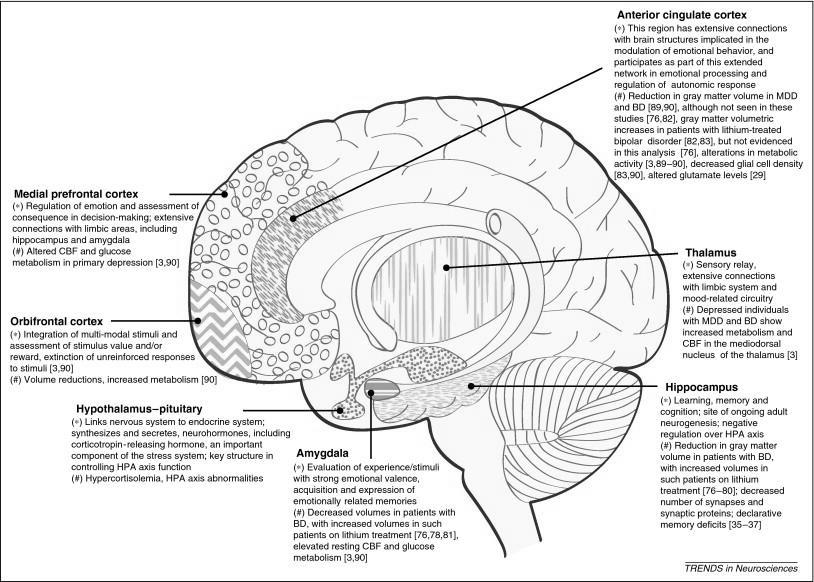
Memory tricks for pharmacology
Pharmacology is a vast subject, which can be intimidating for healthcare professionals and nurses. The sheer amount of information to memorize can become overwhelming. However, there are some tricks that can help you retain the most important information more quickly. These tricks involve using mnemonics to help you remember complex concepts in pharmacology.
One such method is called the Memory Palace. It’s a study hack developed by Jhinson Mendoza, an Osmosis Medical Education Fellow, and is backed by science. The Memory Palace method is an effective way to remember drugs and mechanisms of action.
Another trick that can help you remember information better is using acronyms. These are great for long-term retention, and they also help you to retain the most important pharmacology information. Alternatively, try visualizing the drugs, using picture associations, or making associations between the different drugs. This technique can help you remember the general effects of drugs, and it is especially useful for memorizing drugs that have multiple side effects.
The most important way to remember drug side effects is to learn their mechanisms of action. Usually, the effects of drugs are caused by the drug working too well, binding to the wrong receptor, or binding to the wrong tissue. If you understand pathophysiology and pharmacology well, this task should become less daunting. As long as you use logic and reason, you can figure out the majority of possible side effects.
A low ceiling effect is an adverse effect induced by a drug that has a relatively low limit of action. This type of effect is not influenced by how often the drug is taken or for how long. It is distinct from tolerance and tachyphylaxis.
Methadone has a low ceiling effect
Methadone is a synthetic opioid, similar to heroin, that is able to remain in the body for more than 24 hours. It has a relatively low ceiling effect, meaning that once a patient becomes tolerant, they can increase the dosage. This type of treatment is also relatively inexpensive, so it can be a good option for chronic pain management. Nevertheless, it is important to note that methadone is highly addictive and can lead to dependence if a patient suddenly stops taking it.
The downside of methadone is that it can be highly addictive, so many people who are on it end up staying on it for life. Suboxone, on the other hand, has a much lower ceiling effect and is less likely to be abused. As a result, it is safer to take with a prescription from a medical professional, and the high may be less of a risk if it is taken at home instead of in a clinic.
Methadone’s low ceiling effect means that it is highly effective at low doses. However, it is less effective in people who have used high-doses of opioids in the past. As a result, buprenorphine was developed as a safer alternative to methadone. Buprenorphine also contains naloxone, an opioid antagonist used to reverse opioid overdoses. While buprenorphine is less effective for people with high-dose histories, it is still more effective when it comes to mild to moderate opioid use disorder.
Methadone is also helpful in cases of opioid withdrawal. As the drug binds to opioid receptors, it reduces the risk of overdose. It can also treat neonatal abstinence syndrome, a condition where the fetus has been exposed to opioids in the mother’s womb. This sudden change in exposure can result in withdrawal symptoms in the baby. It is also used to treat chronic pain that is not responding to other types of opioids.

Suboxone produces euphoria and pain relief at a moderate dose
Suboxone is a prescription drug used to treat opioid dependence. While the drug is effective, it is not without risks. It can be abused and should be taken under the guidance of a doctor. It should be used only in combination with other addiction treatment services, including counseling and ongoing support.
Suboxone works by reducing the withdrawal symptoms that accompany opioid use disorder. It also helps people manage pain and prevent relapse. It contains the opioid buprenorphine. It may be an effective treatment for chronic pain patients with an opioid use disorder, but is not recommended for individuals without a disorder.
Suboxone has a long half-life compared to other commonly used opioids, which reach their peak action within minutes or seconds. This allows buprenorphine to stay in the body for several days and produces a more stable action. The slow metabolism of buprenorphine reduces the risk of abuse, which makes it an ideal treatment for chronic pain.
When used in the correct dosage, buprenorphine can produce significant morphine-like effects. Its partial agonist activity produces a lower dose-response curve than morphine, and a reduced peak effect of euphoria. As a result, users tend to experience fewer «good» effects.
Methadone has no drug limit
Methadone is an opioid pain reliever available as an oral solution and tablets. It is approved for the treatment of opioid dependence and is made available by Health Canada. Initially, methadone was only available in hospitals but later became available in retail pharmacies. This closed distribution system was challenged in 1974 by the American Pharmaceutical Association. A federal court ruled that the FDA had no legal authority to impose post-approval controls on methadone.
The FDA and NIDA released methadone regulations on March 2, 1989. While they made some changes, the basic structure of methadone was not changed. The act also required the drug to be registered separately every year with the DEA. This new law allowed for more patients to be treated with methadone.
The FDA and NIDA rejected the argument that observation of patients receiving methadone would impair the physician’s clinical judgment. It said that the concern of diversion and abuse must outweigh the concern of infringing on clinical judgment. Methadone has no drug limit for women, but this does not mean that women can’t receive it either.
Since methadone is highly addictive, patients must only take it in the dosage prescribed by their doctor. It is not a good idea to share methadone medication with others. This is because the dosage of the drug is different for every individual. It may also interact with other medications and cause dangerous effects to the heart. It is also possible to accidentally take too much of the drug, resulting in unintentional overdose.
The most common use of methadone is as a first-line opioid in pain management. It is an excellent analgesic for complex pain. In addition to its analgesic properties, methadone has other actions that make it a safer drug to introduce to the community.
Selectivity of action
Selectivity of action is a key feature of many drugs. It is a measure of the drugs’ propensity to target one population of receptors over others. For example, propranolol is non-selective, whereas metoprolol is more selective to beta1 receptors than to beta2. Selectivity can be advantageous because it can reduce side effects while increasing the effectiveness of the drug. However, it is important to note that selectivity and potency are not the same.
Buprenorphine is an opioid analgesic that has mixed agonist-antagonist activity at classical opioid receptors. It is used in the treatment of opioid dependency. However, its dose-response curve is submaximal in nociceptive assays. Furthermore, it can antagonize full agonists. To account for this pharmacological property, partial agonism at the mu, kappa, and delta opioid receptors has been proposed.
Independent of frequency and duration of drug application
The term «drug ceiling effect» is a pharmacological phenomenon, in which the impact of a drug on the body reaches a plateau, and further increases in dosage do not produce an increase in effect. Many different types of drugs exhibit this phenomenon. This phenomenon can result in over-dosing and is particularly relevant when treating pain with opioids, especially agonists.
